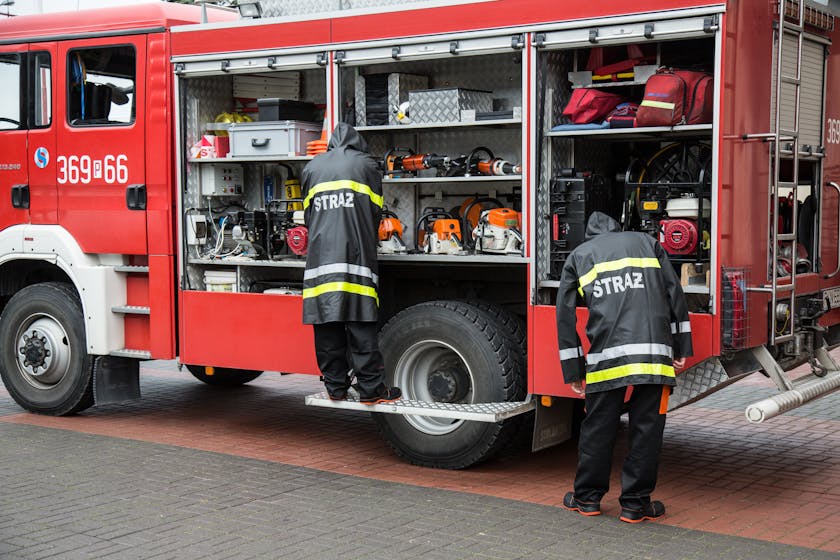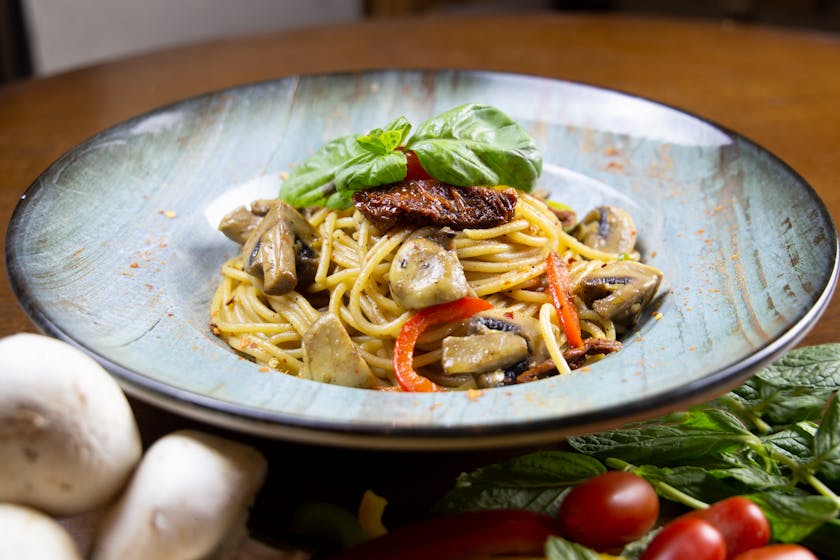If you’re considering the concept of once-a-month cooking, bulk meal storage for emergency preparedness should be high on your priority list. Not only does it ensure you have a stockpile of nutritious meals ready at a moment’s notice, but it also brings peace of mind in uncertain times. Let’s explore how you can effectively embrace this approach.
Understanding Bulk Meal Storage for Emergencies
Preparing meals in bulk and storing them isn’t just about convenience; it’s a strategic move for any emergency preparedness plan. The first step is understanding what types of meals store well and how to package them for longevity.
Selecting the Right Meals for Bulk Storage
When it comes to once-a-month cooking, the key is to choose recipes that freeze well and retain their nutritional value. Hearty stews, casseroles, and baked pasta dishes are excellent options. Avoid meals with high moisture content, as they may become soggy when thawed.
Packaging Meals for Long-Term Storage
The proper packaging can make all the difference in extending the shelf life of your bulk-stored meals. Vacuum-sealed bags, airtight containers, and heavy-duty freezer bags are your best bet. Ensure all air is removed to prevent freezer burn and label each package with the date of preparation.
Organizing Your Freezer for Optimal Storage
With your meals prepared and packaged, how you organize your freezer is the next critical step. Categorize the meals by type and rotate them based on the oldest preparation date to use them efficiently. Always leave space for air circulation to maintain a consistent temperature throughout.
Temperature Tracking and Maintenance
Keep your freezer at a constant temperature of 0°F (-18°C) to ensure the safety and quality of your meals. Invest in a reliable thermometer and check it regularly. In the event of a power outage, avoid opening the freezer door to maintain the temperature for as long as possible.
Incorporating Nutrition and Variety in Your Meal Planning
When planning your once-a-month cooking session, focus on incorporating a variety of nutrients into your meals. Use a mix of proteins, vegetables, and grains to create balanced dishes that will provide sustenance in any situation.
Utilizing Garden Produce and Local Ingredients
Take advantage of garden produce and local ingredients when possible. This not only supports your community but also adds freshness and flavor to your meals. Canning and dehydrating are additional methods to preserve and store your harvest for emergency use.
Reheating and Serving Your Stored Meals Safely
When it’s time to use your stored meals, safety is paramount. Thaw frozen meals in the refrigerator or use the defrost setting on your microwave. Once thawed, reheat to an internal temperature of 165°F (74°C) to eliminate any potential bacteria.
Tips for Efficient Meal Rotation and Usage
Create a system for rotating your stored meals. Use a first-in, first-out approach, and keep an inventory list to track what meals are available. This ensures you use the oldest meals first and keeps your emergency food supply fresh.
By mastering bulk meal storage for emergency preparedness through once-a-month cooking, you’ll be well-equipped to handle unforeseen circumstances with a stockpile of nutritious, ready-to-eat meals.




